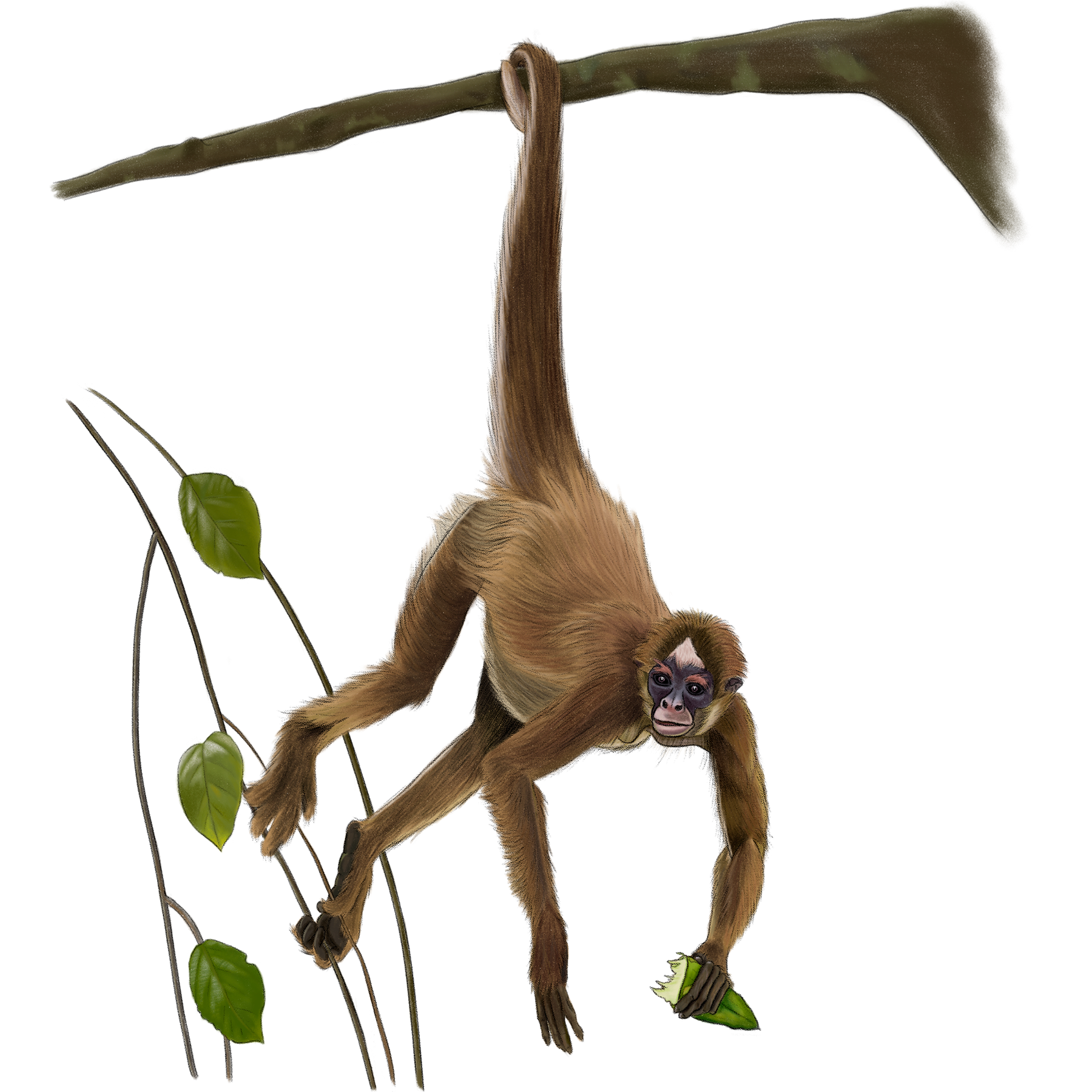
✎ Luis Mora

✎ Camilo Alméciga


Brown Spider Monkey
Ateles hybridusCaribbean region
RECORRIDO VIRTUAL POR LA BIODIVERSIDAD DE COLOMBIA
Museo de Historia Natural
Universidad Nacional de Colombia

Brown Spider Monkey
Ateles hybridus
Morpho-functionality
Manos
The lack of thumbs in his hands allows him to move between the branches of the trees in a very skillful and fast way, this movement is known as brachiation.
Cola
Its prehensile tail functions as a fifth limb and allows it to hold tightly to branches.
Mandíbula
Their modified jaw helps crush the leaves and fruits on which they feed.
Lifecycle
They have a low reproductive rate, where the females give a single young every three to four years. They reach their sexual maturity between four and five years of age and females have their first child at seven or eight years. The gestation period does not exceed 232 days. Lactation lasts about a year and it is the females who take care of the young almost all the time, building very strong bonds with their children. The young can last with the mother up to 18 months depending on the mother, or until it can apply the behaviors learned.
Brown Spider Monkey
Distribution
It is restricted to primary rainforests of the subtropical and humid tropical lowlands of Venezuela and Colombia between 20 and 700 m altitude. There are two subspecies Ateles hybridus hybridus and Ateles hybridus brunneus.
Distribution area






